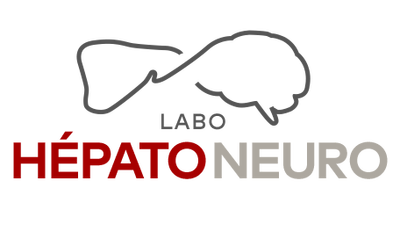BACKGROUND: Malnutrition is the most common complication in patients with chronic liver disease (CLD) and may increase the risk of developing hepatic encephalopathy (HE) as well as affect pa-tients’ functional status and quality of life (QOL). Management strategies focussing on nutritional status in relation to complications of CLD are an unmet clinical need. PURPOSE: The objectives are to: 1) Assess nutri-tional status and its relationship to QOL; 2) Ascer-tain the presence, severity and history of HE; 3) Inquire the relationship of HE and history of HE on the QOL of CLD subjects. METHOD: Observational and cross-sectional study involving 50 patients (hospitalized and outpatients) from the CHUM’s Liver Unit, Montreal, Canada) and 18 controls (non-cirrhotic). All subjects were assessed for: 1) Nutritional Status: Standardized Questionnaire Subjective Global Assessment (SGA); 2) QOL: General questionnaire SF-36 evalu-ating the QOL as perceived by the patient (8 scales: physical functioning (PF), role limitations due to physical health (RP), due to emotional problems (RE), social functioning (SF), bodily pain (BP), vitality (VT), mental health (MH) and general health (GH)); 3) HE: History and presence of covert HE using EncephalApp Stroop test or overt HE using the Clinical Hepatic Encephalopathy Staging Scale.RESULT(S): 50 CLD patients (72% men) of various etiologies (18% NASH, 12% alcoholic, 8% autoim-mune, 6% viral, 12% others and 44% mixed eti-ologies), Child–Pugh (15A, 7B, 18C and 10 N/A), aged 56±12 years and 18 non-cirrhotic patients (33% male, aged 42±15). SGA revealed that 34% of CLD subjects were malnourished. Among mal-nourished CLD patients, 18% were diagnosed with covert or overt HE. CLD malnourished patients had a lower perception of QOL than well-nour-ished CLD patients for all SF-36 scales (p < 0.01). History of HE was associated with poor QOL as CLD patients with a history of HE (36%) showed decreased PF (p = 0.024) and RP (p < 0.01). Com-pared to controls, CLD patients displayed a lower score in PF (p < 0.05) and GH (p < 0.05).CONCLUSION(S): Our data suggest that a subop-timal nutritional status based on SGA negatively affects 6 scales out of 8 of QOL (RP, RE, SF, VT, MH and GH) but is not associated with presence of HE. However, history of HE does impact two scales of QOL (PF and RP). Identifying malnourished CLD patients is of great importance to improve QOL. Interventions to prevent and treat malnutrition in CLD remain a primary need.

